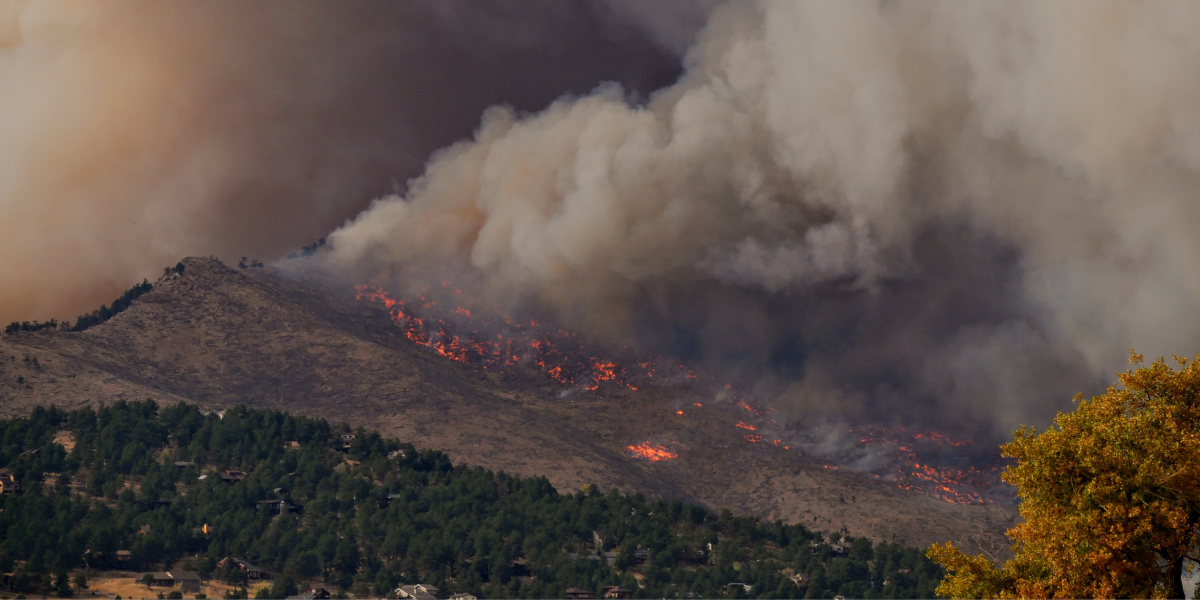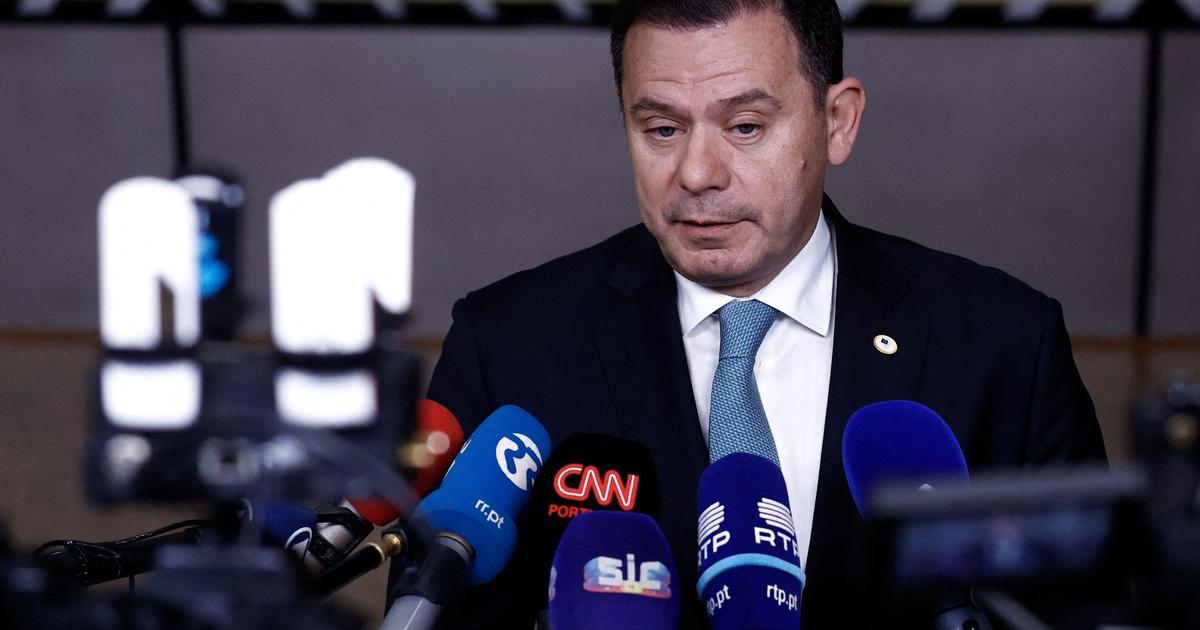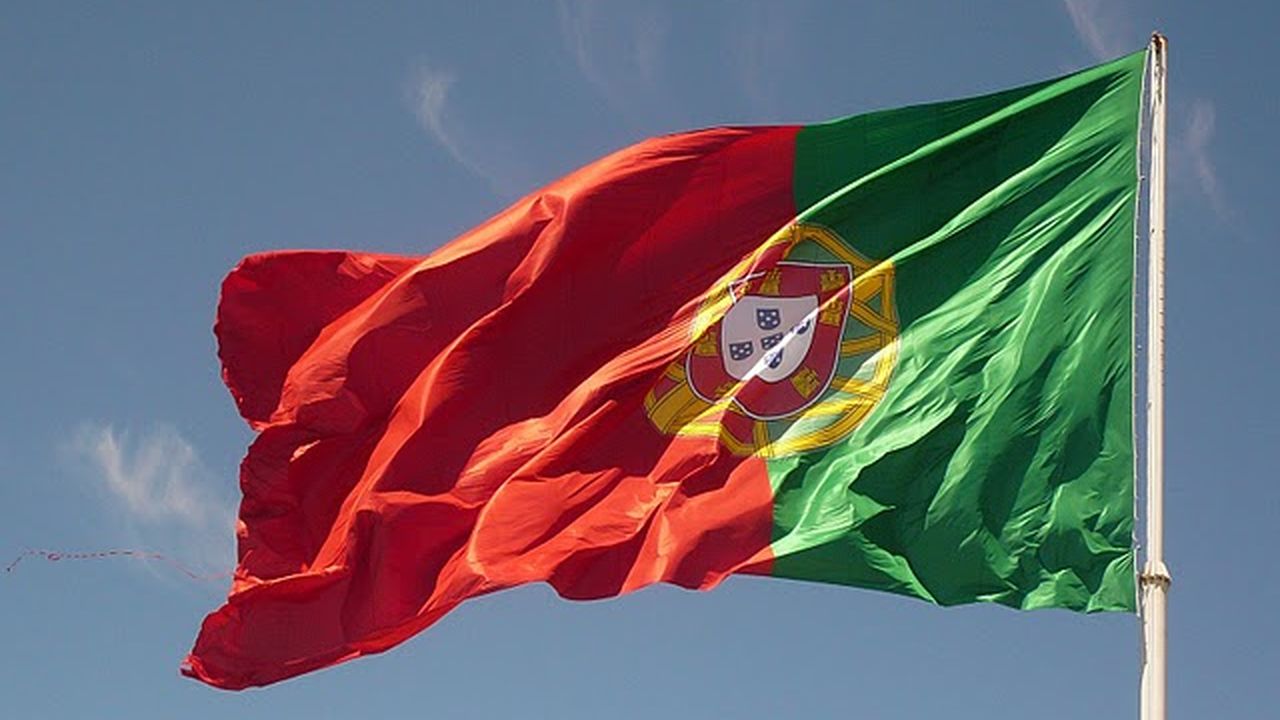
Morocco, Spain and France are currently experiencing a very dangerous heat wave that surprises meteorologists because it arrives early. With climate change, this phenomenon is likely to recur every year, perhaps even earlier in the season. If this year raises many concerns, it is because spring has been especially dry, vegetation is experiencing water stress, and the risk of forest fires is very high. Preventing or containing these fires very quickly is essential and artificial intelligence can play a major role in this.
The year 2021 saw significant wildfires all over the world: North America, particularly in California, Canada, throughout the Mediterranean Basin (Iberian Peninsula, Algeria, Morocco, Italy, Greece, Turkey, France) but also in Russia. Siberia was also the scene of deadly fires last May.
The water stress that trees are currently experiencing, to which violent winds are often added, explains the extent of the fires we are seeing.
Thus, if last year the fires destroyed 15007 hectares of forest in France, then almost half of this area (8000 hectares) was burned by the fires that broke out on August 16 from a rest area on the motorway in Junfaron, in the Var, which was driven by the destruction Misty Strong National Nature Reserve of the Morey Plain.
Prevent forest fires with artificial intelligence
There are natural means of preventing fires: brush cleaning, installation of fire barriers, planting of less flammable species, etc., but if it is impossible to eliminate all these fires, which are often due to human negligence (throwing poorly extinguished butts, sparks during work , burning, etc., detecting them, and monitoring their progress to contain them more quickly thanks to artificial intelligence, used by many countries such as Morocco.
Artificial intelligence provides faster and more accurate processing of data collected by sensors, cameras, drones, and satellite images, among other things, saving plant and animal life as well, etc.
Several works have been carried out or are in progress in this field:
Wildfire alert
ALERTWildfire is an extension of the ALERTTahoe Network, which was a pilot program that deployed PTZ cameras and microwave networks in the area around Lake Tahoe, located in the mountains between Nevada and California.
This consortium of the University of Nevada, Reno, UCSD, and the University of Oregon provides cameras and firefighting tools to help firefighters and first responders:
- detecting, locating and confirming the ignition of a fire,
- quickly increase or decrease fire resources,
- Monitoring fire behavior during containment,
- Assisting evacuations through better situational awareness,
- Monitor contained fires for outbreaks.
A different strategy adopted in early 2018 is to install cameras on existing third-party wireless networks, to build larger virtual networks, produce regional coverage and do it faster. In this model, “towers of opportunity” (those of wireless Internet service providers, state and county facilities, and other private point-to-point communications infrastructure) are equipped with fire cameras and associated equipment. Data from these confederate networks is seamlessly integrated into NSL’s back-end acquisition systems and presented on Amazon Web Services.
The network currently has more than 1,000 cameras, most of them in California, and many of them incorporating artificial intelligence as an additional analysis tool. They provide invaluable information for distinguishing between fog and bushfire smoke, especially in hot, dry and windy weather. Artificial intelligence can scan images and detect differences in images very quickly, much faster than humans can.
scouting fire
The SaaS AI-based forest fire detection solution, FireScout, is developed by Alchera, a leading provider of AI technologies. It detects fire smoke using a network of surveillance cameras operating 24 hours a day, and night detection is possible thanks to infrared cameras.
In 2021, Pacific Gas and Electric worked with ALERTWildfire to install 138 new high-resolution cameras in high-risk areas, 46 of which, WildfireLIVE cameras, designed to protect PG&E’s electricity transmission assets, are part of an AI testing program in partnership with Alchera and ALERTWildfire .
Syntaxis
Syntecsys, a Brazilian commercial agricultural technology startup, and Omdena, a platform that aims to bring together the AI ecosystem around current problems, have teamed up to build a system that identifies smoke and flames with over 95% accuracy. For this project based on machine learningOmdena brought together a diverse team of 47 data scientists from 22 countries who collaborated for eight weeks with AI experts from Sintecsys.
The solution marketed by Syntecsys, due to its accuracy, significantly reduces false positives and the arrival time of firefighters. Sintecsys and Omdena are working on a second project that will enable nocturnal smoke and fire detection. Currently, cameras equipped with this solution monitor, from the towers, 4 million hectares planted mainly with sugarcane and eucalyptus in Brazil, where fires burn on a daily basis.
Bee2FireDetection
In 2019, The Weather Company, a subsidiary of IBM’s Watson & Cloud Platform business unit, partnered with Compta Emerging Business to design Bee2FireDetection, a solution that aims to better predict wildfires using artificial intelligence. humidity, wind speed and local weather). Thus firefighters can be on alert during periods of high risk.
The system can be integrated with high-resolution cameras, including existing surveillance systems, to automatically detect smoke or other signs of ignition using IBM Watson’s optical recognition technology. At the end of 2021, Bee2FireDetection was selected by the rePLANT project to protect the Portuguese forest.
NVIDIA-Lockheed Martin labcom
In November 2021, NVIDIA and Lockheed Martin partnered with the USDA Forest Service and the Colorado Department of Fire Prevention and Control (DFPC) to fight wildfires using artificial intelligence and simulated digital twins.
The two companies are building the world’s first artificial intelligence-focused laboratory dedicated to predicting and responding to wildfires. It will use NVIDIA AI infrastructure, the NVIDIA Omniverse advanced visual platform, and a virtual world simulation platform to address the scale of the fire and predict its development. By recreating the fire in a physically accurate digital twin, the system will be able to suggest the most relevant actions to deal with.
Lockheed Martin’s Mission Management System (CMM) platform will combine real-time fire sensor data with other data sources (vegetation type, terrain, wind direction and strength, etc.) to predict fire spread.






